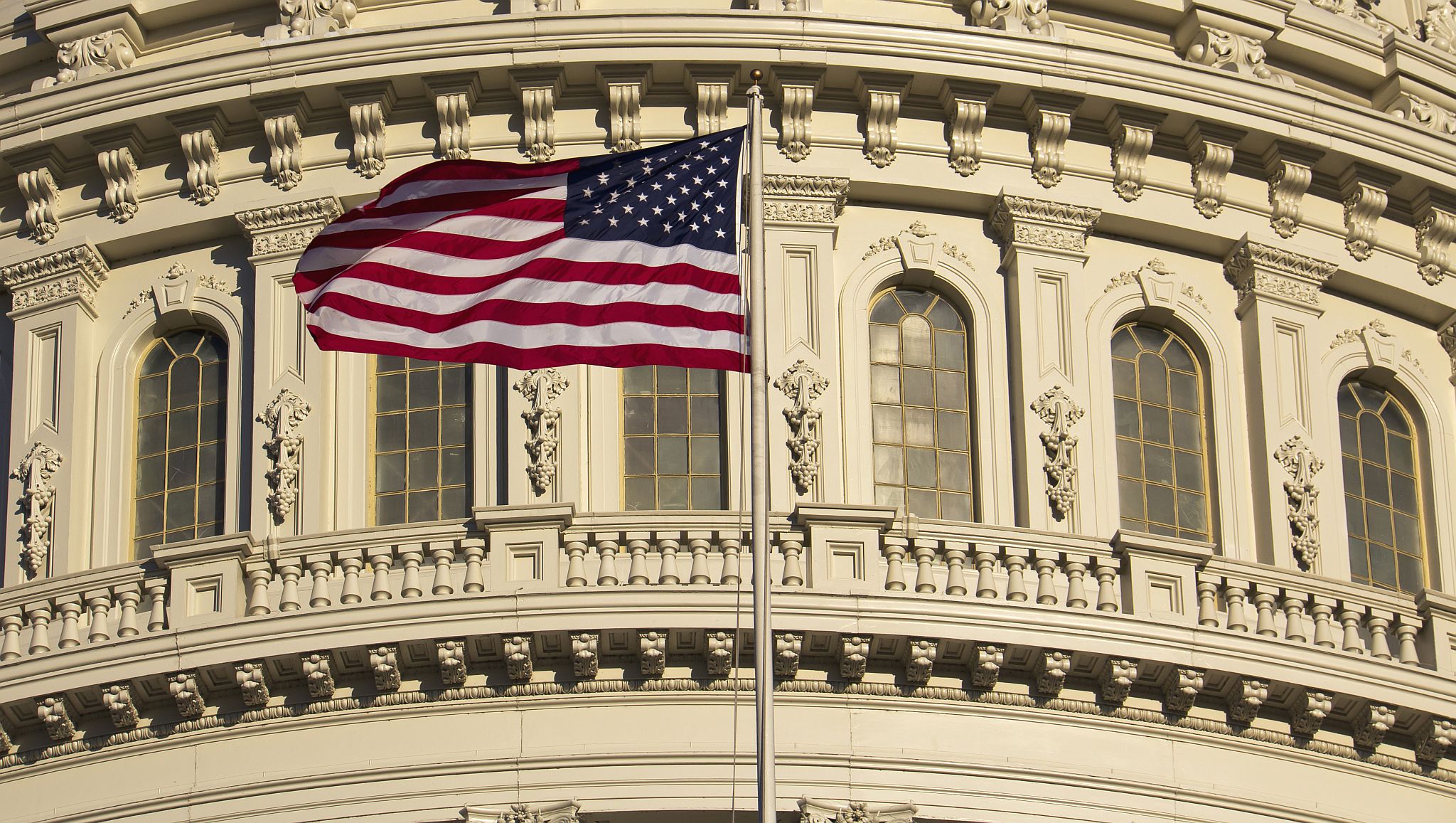
Definition:
Advocacy involves promoting the interests or cause of someone or a group of people. An advocate is a person who argues for, recommends, or supports a cause or policy. Advocacy is also about helping people find their voice.
Legislative advocacy centers around measures to introduce, implement or change legislation – at the national, state or local level. It can involve small tasks such as working closely with a legislator on the wording of a bill to larger campaigns such as mobilizing stakeholders and supporters to contact a representative by letter, phone or email about a specific issue.
Direct lobbying is the most common form of legislative advocacy. Lobbying involves a series of steps that include reaching out to a legislator, communicating one’s views on a particular issue, and asking them directly to vote in a way that supports one’s interests.
Other types of advocacy
Legislative advocacy is one type of advocacy. Others include: editorial advocacy (i.e. writing a letter to a newspaper, magazine or alumni newsletter editor) or personal advocacy (i.e. speaking up at a gathering of family or friends.),
Participation
At the federal level, the average House member represents approximately 765,000 people. Most elected officials in Washington only hear from about 4-5% (about 28,000 -35,000) of their constituents each year, so every 1 contact has the effect of speaking for around 20 other constituents.
Friends Committee on National Legislation
Legislative Advocacy Tips
- Establish goals
- Develop a statement of the problem and recommended solutions
- Consider the fiscal impact
- Recognize the importance of timing
- Identify key supporters and allies
- Identify opponents
- Develop responses to opposition arguments & activities
- Use communication tips when telephoning, writing or sending an email to lawmakers.
American Bar Association Office of Governmental Affairs
What Elected Officials Can Do
- Sponsor legislation to help with a specific issue
- Offer amendments to current legislation to accommodate specific needs
- Sponsor resolutions/proclamations recognizing the importance of an issue
- Offer and support funding increases
Colorado Behavioral Healthcare Council
Despite this potential, of the more than 800,000 public charities registered with the IRS, only about 1% reported any lobbying expenditures. Many think it is illegal.
National Council of Nonprofits
According to Congressional staff, the following activities are the most effective forms of legislative advocacy:
- Visiting in-person regarding an issue: 94%
- Sending an individualized e-mail message: 92%
- Writing an individualized letter: 88%
- Making a phone call: 84%
- Sending a form email message: 56% (the most common)
- Sending a form letter: 50%
- Signing a petition: 49%
- Sending a postcard: 42%
Congressional Management Foundation
Techniques
The National Alliance on Mental Illness (NAMI) involved a “Thank and Shame” legislative advocacy campaign where advocates sent personalized messages based on a legislator’s sponsorship record on the bill in question. This allowed them to have all of their advocates participate, even if they lived in a district with a legislator who was already a champion for that issue.
Effects of Legislative Advocacy
The usual number of bills introduced in a Congressional session is around 13,000 a year. Of these approximately 15% are voted on, passed or enacted.
- Tens of thousands of lives have been saved by passing laws that improve car safety and reduce drunk driving.
- Hunger and disease for millions of children have been reduced by passing laws that advance public health as well as food and immunization programs.
- Millions of lives have been saved by disease treatment, including heart disease, cancer, Alzheimer’s, and so on, because of laws passed to fund research.
Examples (from the 116th Congress)
- The Legal Services Corporation (LSC) which funds nearly 900 legal aid offices in every congressional district to provide legal services to low-income Americans.
- The Fair Chance Act, which requires federal employers to postpone criminal background checks until after they make a conditional offer to an applicant, thereby ensuring that a criminal record is not an undue barrier to getting a job.
- The Fairness for Breastfeeding Mothers Act which requires public buildings, to contain a lactation room available to the public.
- The Violence Against Women Act (VAWA) which responds to the needs of victims, provides tools for holding offenders accountable, and sets up measures for data collection to learn more about these crimes.
- The Legal Orientation Program in Department of Justice to provide legal rights presentations, self-help workshops, and other services to thousands of immigrant detainees.
- Supplemental appropriations for the Department of Health and Human Services to fund legal and other services for unaccompanied children at the border.
- Democracy Programs that include human rights and rule of law programs around the world.
- Research into the causes of gun violence.
- Adoption of a significant change to the Child Welfare Policy Manual to allow states to use federal funding to pay for legal services for parents and children for the first time.
- The granting of stays of execution for two death row inmates in different states.
Bill Tracking Resource
To follow the status of specific bills and resolutions and by when they were introduced or enacted visit: GovTrack
Lobbyists
There are over 12,000 unique, registered lobbyists who actively lobby in the United States.
